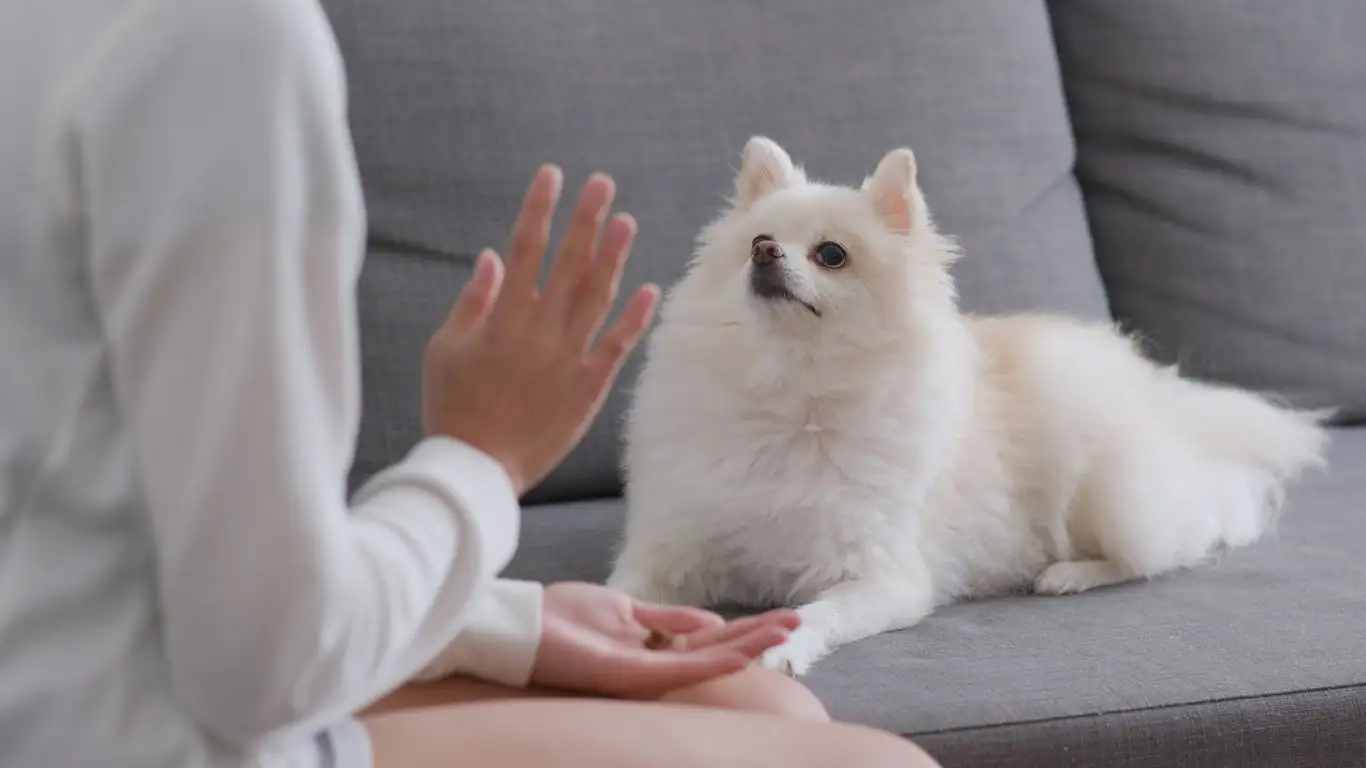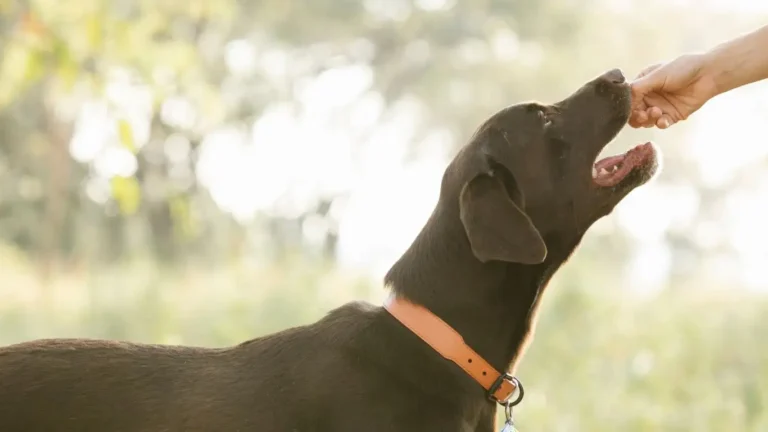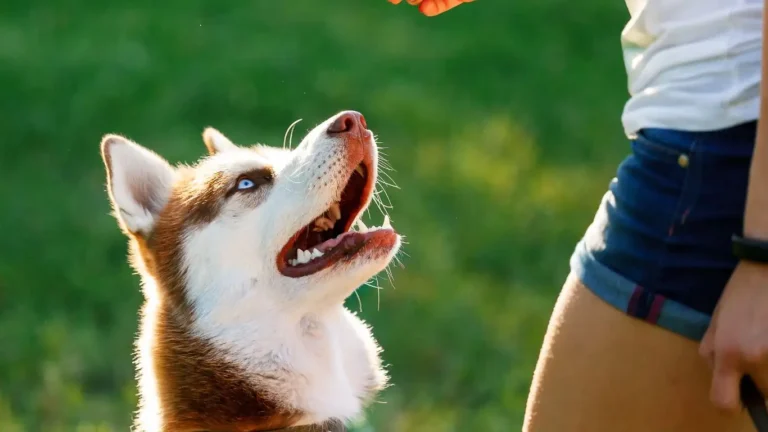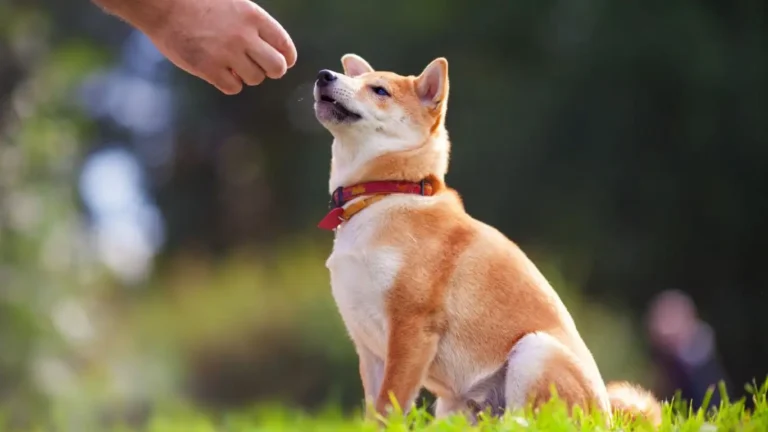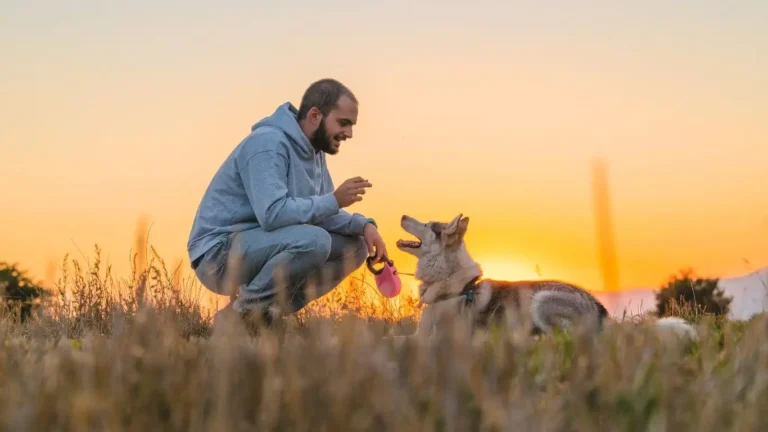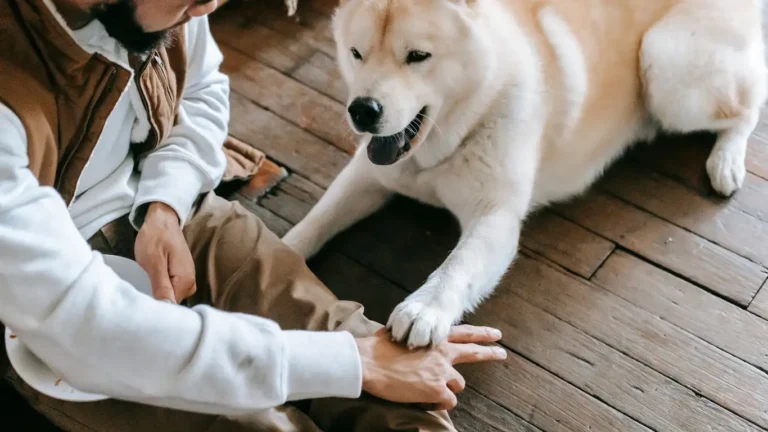Master the Art of Routine: How to Train a Dog for Stress-Free Living
Let me tell you—if there’s one thing I’ve learned from years as a Canine-Assisted Therapy Trainer, it’s that dogs *crave* structure. Honestly, they thrive on it. That’s why learning how to train a dog to understand consistent routines isn’t just helpful—it’s crucial. It’s not just about obedience; it’s about creating a rhythm that supports your dog’s emotional well-being, especially in therapy settings where predictability can make or break a session. And trust me, dogs pick up on more than we think. The way your morning unfolds, the energy in your voice, whether you grab the leash at 7:00 AM or 7:05—all of it signals something to your pup.
Why Routines Matter for Dogs
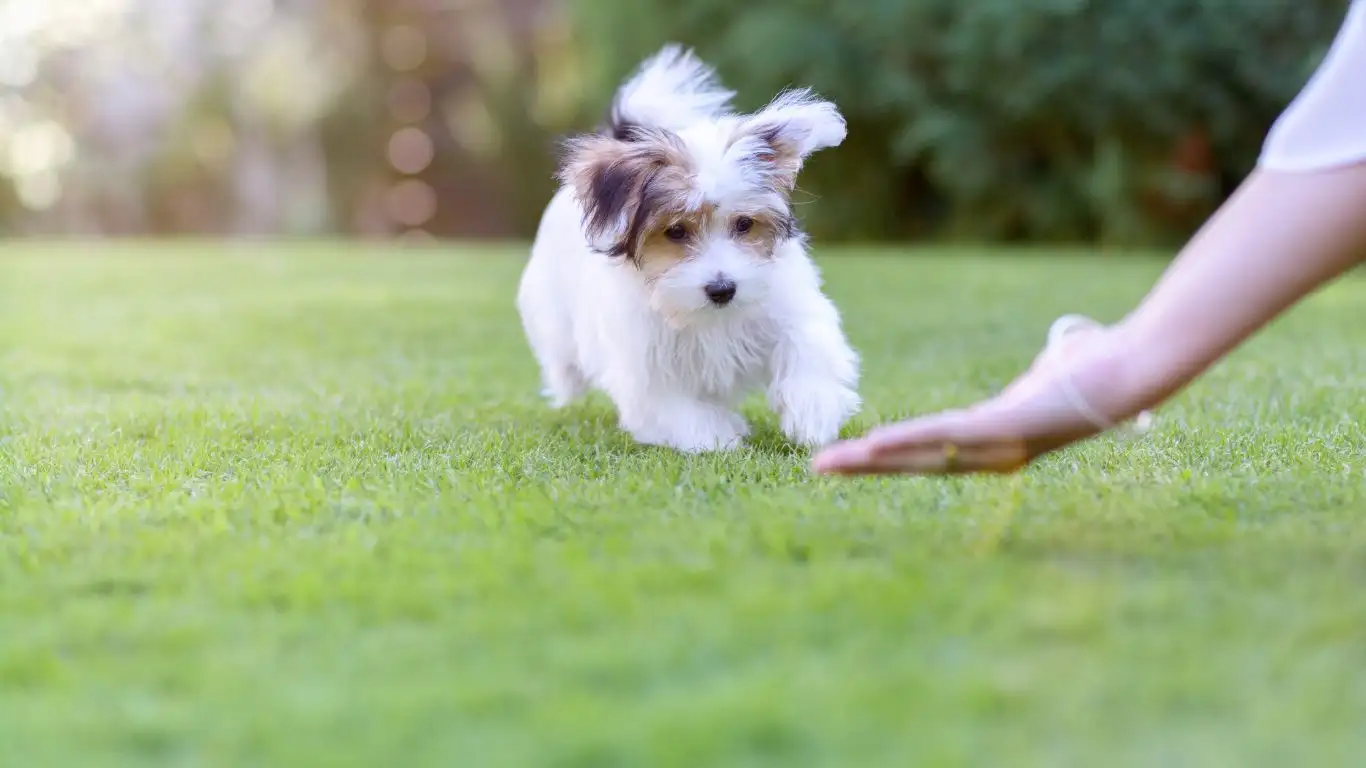
Dogs are creatures of habit, and a predictable schedule helps them feel secure and confident. I remember working with Max, a Labrador mix who used to get major anxiety when things felt chaotic. Once we dialed in a set routine—same walk times, feeding windows, and even consistent greetings at the door—his behavior changed dramatically. He became calmer, more focused, and honestly? He started thriving in our therapy sessions.
The Science Behind It
Studies show that routines help dogs manage stress. Just like humans, when they know what’s coming next, their cortisol levels (that’s the stress hormone) tend to stay more balanced. Dogs with consistent schedules often show fewer behavioral issues and can be more easily trained in new skills because their brains are primed for stability.
Establishing a Basic Routine
Let’s start simple. Here’s a basic daily framework that you can customize based on your lifestyle:
- Morning: Wake-up walk, breakfast, quick training session or enrichment game
- Midday: Potty break, quiet time (great for crate or relaxation training)
- Evening: Walk or play session, dinner, wind-down activity like cuddling or chewing a toy
Even minor consistency like always feeding your dog after a walk, instead of before, can create clearer expectations and better behavior.
How to Train a Dog to Understand Consistent Routines
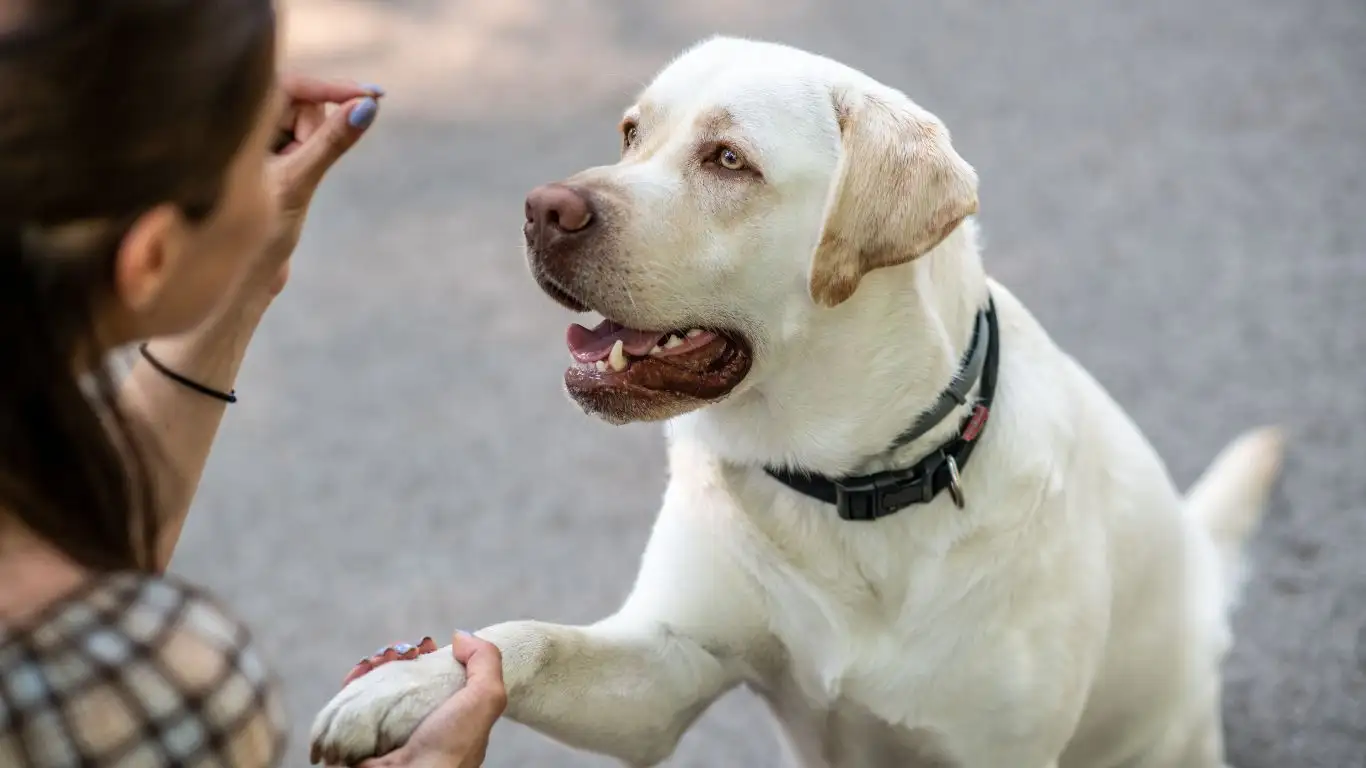
This part’s where the magic happens. You don’t just create a routine and expect your dog to get it overnight. The goal is *training* them to understand and follow that structure. Here’s how I usually approach it with both therapy dogs and family pups.
1. Use Cue-Based Transitions
Dogs love cues—it’s their way of connecting dots. Before meals, I might say, “Ready for breakfast?” and tap the bowl. Eventually, just hearing the phrase gets them heading to their eating spot. Before walks? I shake the leash. These mini rituals help signal what’s about to happen and reduce confusion or anxiety.
2. Stick to Timed Blocks
I’m not saying you have to run your house like a military camp, but giving your day some timed structure helps. Dogs quickly learn that around 8 AM means walk time or that 6 PM is feeding time. And the cool part? They’ll start reminding you when you’re off schedule. (Yes, I’ve been nudged by a paw or two when I’ve forgotten!)
3. Reinforce Calm Behavior
If your dog gets overexcited during transitions, reward them for calmness. For example, before opening the door for a walk, wait for your dog to sit quietly. Then use a phrase like, “Let’s go!” to release them. This not only reinforces the routine but builds patience, which is golden in therapy work.
4. Be Consistent, Not Rigid
Life happens. You won’t always be able to keep every time block the same every day. What matters most is the order of activities and the consistent cues that go with them. Dogs can handle flexibility—if they understand the pattern. That’s what makes all the difference.
Common Mistakes People Make with Dog Routines
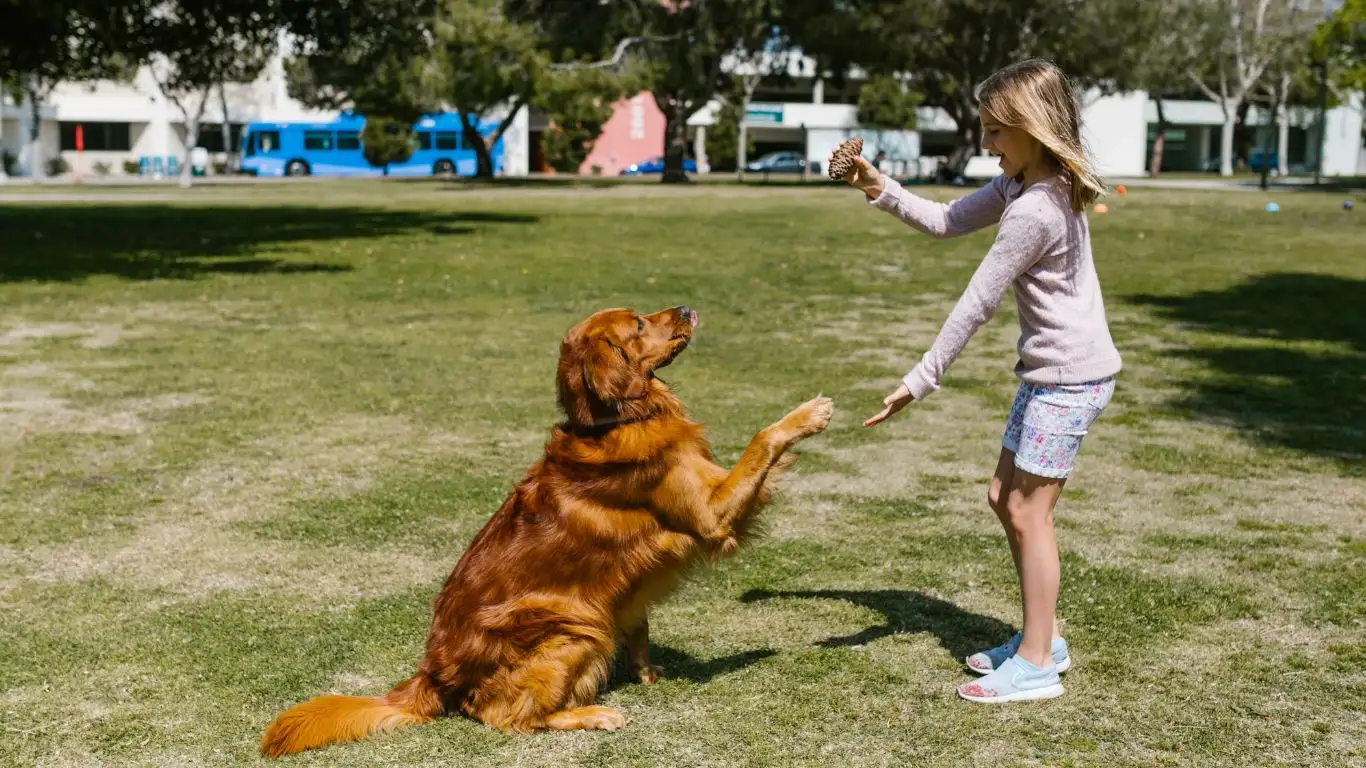
- Too much variety too soon: Switching up the schedule every day can confuse your dog and cause stress-related behaviors.
- Inconsistent commands: Saying “down” one day and “lie down” the next might seem minor to us, but to your dog it’s like hearing two different words. Pick a command and stick with it.
- Ignoring body language: If your dog is signaling stress—yawning, licking lips, pacing—pay attention. It may be a sign the routine is too fast-paced or unpredictable.
With a little patience, lots of love, and some daily structure, your dog can learn to anticipate and even *love* their routine. And once that happens, the harmony between you two is unmatched—especially when working in therapeutic environments.
Building a Routine That Sticks
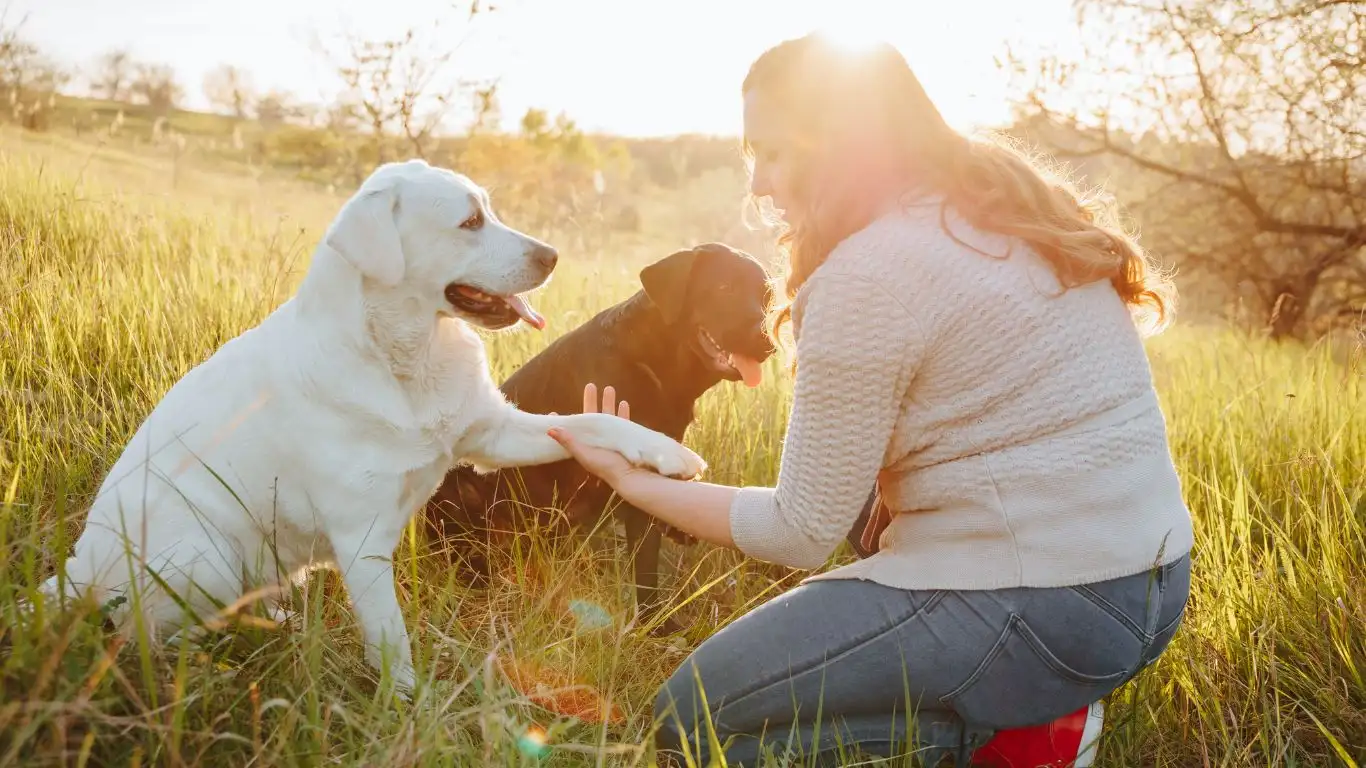
Alright, so once your dog starts to understand the basics of a routine, the next step is making it *stick*. This is where I see a lot of folks struggle. They’ll get all excited for the first week, then life gets busy, and suddenly it’s chaos again. Believe me, I’ve been there. Between therapy sessions, training new handlers, and just regular life stuff, it’s easy to lose the rhythm. But the good news? You don’t need to be perfect—you just need to be consistent enough.
Layer in Predictable Activities
One thing I love doing is weaving training into daily life. Instead of carving out separate “training times,” I sneak it into routine stuff. Like, before dinner, we practice a quick “sit-stay.” During our afternoon potty break, I toss in a recall drill. These little moments help reinforce the idea that structure = fun + rewards. Dogs start to anticipate the pattern, and before you know it, they’re following the routine like pros.
Use Environmental Anchors
Here’s a little trick I teach my clients—use environmental cues to your advantage. For example, if your dog’s bed is in the same spot every night, it becomes a signal for rest time. Or if you use the same door for walks, the leash hanging beside it becomes part of the cue. Dogs are super observant; they start connecting the dots faster than we realize.
Keep Communication Crystal Clear
I can’t stress this enough: *clear, consistent communication is everything*. If you use different words for the same action, your dog gets confused. One of the therapy dogs I worked with, Bella—a sweet collie mix—took weeks longer to learn routines simply because her handlers kept switching up their commands. Once we got everyone saying the same thing the same way, it clicked. Fast.
Training for Flexibility Within Routine
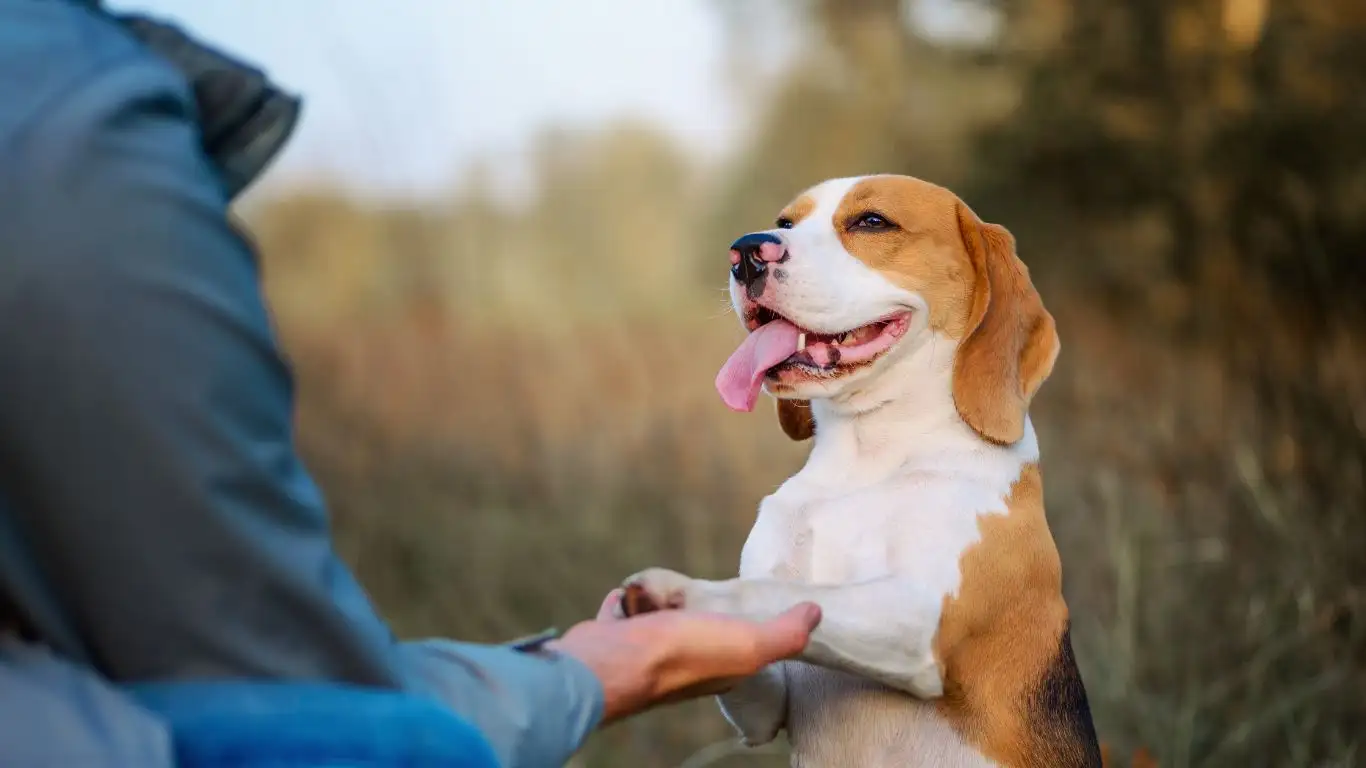
Now, while routines are important, dogs also need to learn that sometimes things change—and that’s okay. Especially for therapy dogs, who may visit different environments and need to adapt on the fly. Training flexibility *within* structure is like giving them a solid base to fall back on.
Introduce Minor Variations
Once your dog is comfortable with the basics, try switching it up in small ways. Maybe dinner happens 15 minutes later. Or you change the route of your walk. As long as the general pattern stays consistent, these shifts actually help your dog build resilience and confidence.
Practice Calm Responses to Change
I had a pup named Rudy—a beagle with a big personality—who really struggled when things didn’t go exactly his way. So we started with small changes: new handler, different treat pouch, new toy during enrichment time. And each time, we reinforced calm behavior with praise and treats. Over time, Rudy learned that new didn’t mean scary. That’s a win in any training book.
Tools That Help Reinforce Consistent Routines
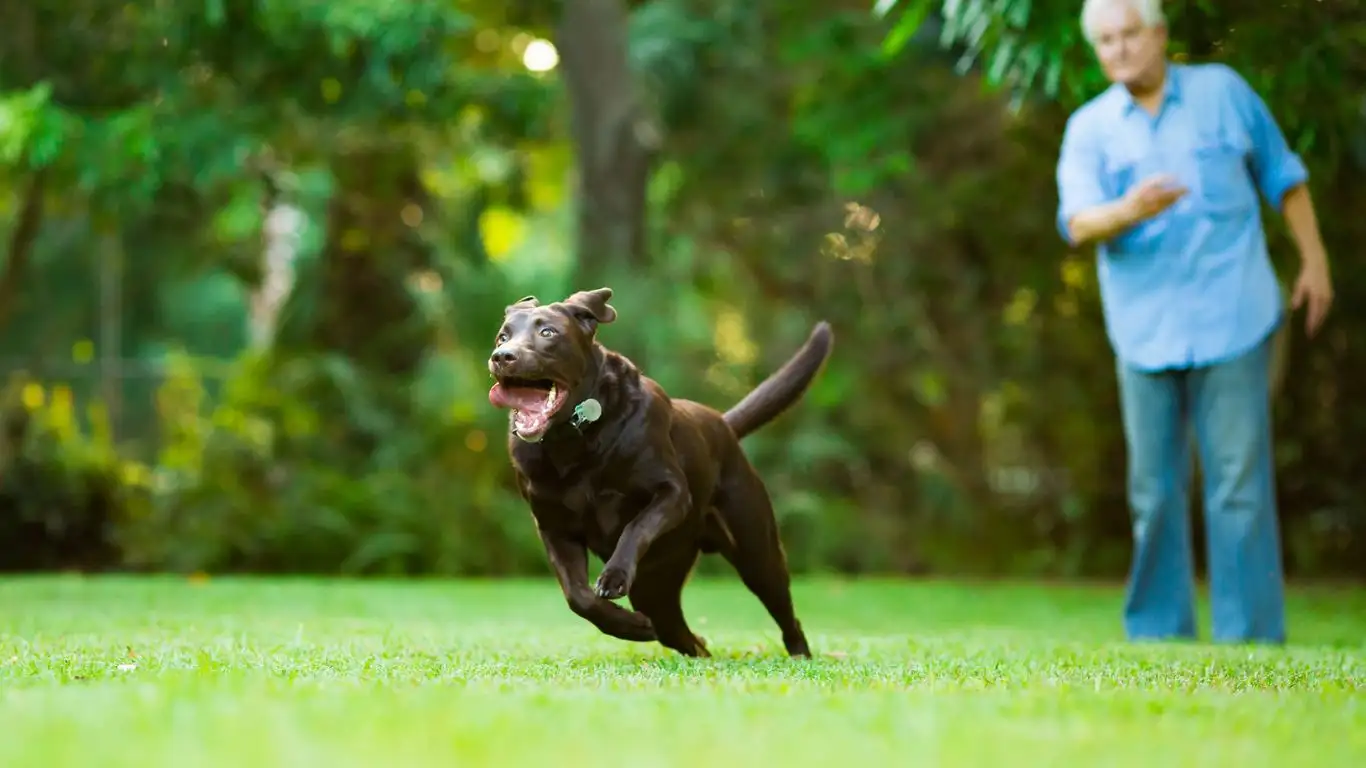
There’s no shame in getting a little help from modern tools. Honestly, I use some of these every day both in personal routines and therapy sessions. Here are my go-to’s:
- Feeding timers: Automatic feeders can be set to go off at the same time daily. Great for keeping mealtime on track even if you’re running late.
- Routine boards: I use simple dry-erase boards to sketch out daily plans for dogs in training. It keeps all handlers aligned.
- Training apps: Apps like Dogo or Puppr are handy for tracking commands and progress—especially when multiple people are involved.
- Leash hooks and visual cues: Hanging the leash near the door or using color-coded gear can help cue up parts of your routine naturally.
These tools don’t replace your presence—they just reinforce your consistency. That’s what dogs really need from us: structure they can count on, with a side of love and clear communication.
Make It Enjoyable—for Both of You
Here’s something I always tell my clients: routines shouldn’t feel like a chore. They should be something you and your dog look forward to. Whether it’s a silly little dance before breakfast or your dog knowing they get a snuggle session every night at 8, those shared habits are what build a strong bond. And let’s be honest—when your dog is happy and secure, everything else just works better.
Maintaining Long-Term Routine Success

So now that your dog is rocking their routine and you’ve got the structure working for both of you, the next challenge is… keeping it going long-term. And let me tell you from experience—this is where the real-life curveballs come in. Vacations, visitors, sick days, holidays, work changes—it’s all part of life. But the cool thing? If your foundation is strong enough, your dog can adapt and bounce back, no sweat.
I’ve had therapy dogs take a break for a couple of weeks and come right back into the groove like they never left. That kind of resilience doesn’t come from strict drills—it comes from trust, consistency, and training that’s built into everyday life. The routines become muscle memory for both of you.
Reinforce, Don’t Relax
It’s tempting to ease up when everything is going smoothly. But dogs, especially young ones or those in service and therapy work, still need gentle reinforcement. A quick refresher every few days can do wonders. Think of it like brushing your teeth—just because they’re clean doesn’t mean you stop.
Throw in those mini training bursts during walks or meals. And if something in your routine needs to shift, transition gradually. A dog that’s used to meals at 6 p.m. might need a few days of slow adjustment to eat at 7 p.m. without stressing out or acting up.
Adapting Routines for Different Dog Personalities
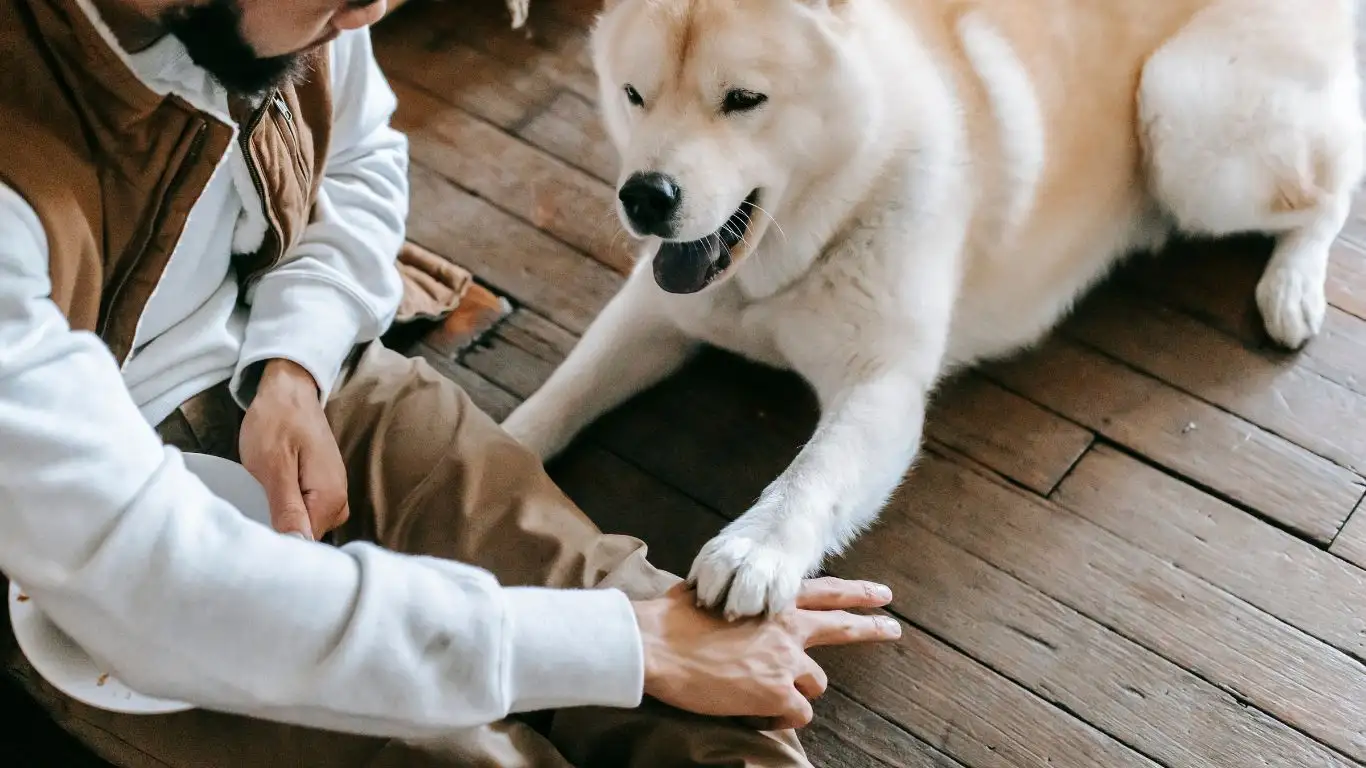
Not every dog thrives with the same routine. That’s one of the most important lessons I’ve learned working with therapy and support dogs of all temperaments. Some pups love structure down to the minute—others prefer a little more breathing room. The trick is tailoring the routine *to your dog’s personality*, not forcing your dog to match yours.
High-Energy Dogs
Breeds like Border Collies, Huskies, or even some Pit Bulls usually need more physical and mental engagement baked into their day. For these dogs, I often recommend two structured walks, puzzle feeders for meals, and at least one training or play session in the afternoon.
Laid-Back or Senior Dogs
With older dogs or chill breeds like Basset Hounds or Great Danes, less might be more. Their routine should prioritize comfort, gentle movement, and familiar surroundings. One of my favorite golden oldies, Miss Tilly, loved her post-breakfast sun naps more than anything—and her routine was built around those precious hours.
Reactive or Anxious Dogs
These dogs *especially* benefit from consistent routines. Knowing what comes next reduces triggers and builds confidence. One dog I worked with, Bear, would startle at every little noise—until we built a routine so solid that he could predict our every move. His stress levels dropped like night and day.
Final Thoughts on How to Train a Dog to Understand Consistent Routines
Training a dog to understand consistent routines is about more than timing—it’s about communication, trust, and shared rhythms. And once you’ve got that down, life just flows better. Whether your pup is a therapy dog like the ones I train or just your everyday best buddy, routines are the backbone of a balanced, happy life together.
And here’s something personal—I’ve seen even the most “untrainable” dogs thrive when given structure. I remember working with a rescue dog named Luna. She was a wild card at first—jumping, barking, chewing everything in sight. But with a steady routine, clear expectations, and lots of patience, she transformed. Now she’s working weekly in a pediatric therapy program, bringing calm and joy to kids who need it most. That’s the power of routine.
References
- American Veterinary Medical Association
- ASPCA
- American Kennel Club
- Certification Council for Professional Dog Trainers
Disclaimer
This article is based on my personal and professional experience as a Canine-Assisted Therapy Trainer and is intended for informational purposes only. Always consult a certified dog behaviorist or your veterinarian for guidance tailored to your dog’s unique needs and health.
